
In every market, there are ideal customers. Unfortunately, they’re all different. It’s how you market to differing clientele that sets you apart.
This week on The...
Selling opportunistically makes it more likely that you’ll squander your efforts on customers that won’t help you grow and achieve your goals. Tightly focusing on your ideal customer makes every call, email, and presentation that much more likely to produce lasting value for your business and your customer's. Yet, many sales organizations do continue to sell opportunistically, or don't have a ‘good enough’ approach to building a tightly targeted list.
It doesn’t have to be that way. Let’s look at four ways to zero in on your ideal customer.
This is really the most important point. All the others we’ll talk about are essentially ways to test your ICP.
The place to start is your own data. That’s the only place that you can find out who your best customers already are.
Go back through a year or so of your data and see which 20% of your customers deliver the majority of your revenue, and then see if you can detect a spike in that data where the top 7% or 5% of your customers are hiding. These are the customers you really want to be targeting: if you get one more top 20% customer, they’re worth the same as 16 new bottom 80% customers. Your super-high-performing customers may be worth even more. LeadGenius’ William Wickey recommends a four-step process for this:

‘The answers to these questions,’ William adds, ‘are quantifiable with CRM or marketing automation data.’

Most companies are going to want to focus on just a couple of these data points, so they’ll aim to identify which industry, size, and location their top performing customers fit, for instance.
It’s worth noting that if you have low customer numbers - because it’s early days or because your business sells high-ticket items to small customer numbers - it may make more sense to identify your 10 or 20 best performing customers, rather than a percentage. The same rules apply, though: you want customers whose relationship with your business has bourne success for both parties.
When you’re assessing your customer data to come up with your ICP, consider how much it cost you to acquire them - you’re looking for total cost of acquisition vs. total lifetime value, and seeking the best balance. This is particularly important for SaaS businesses that don’t have a lot of customers yet. In a blog post entitled ‘The Startup Killer,’ venture capitalist David Skok proposes this rule of thumb:

It’s a good idea to also include the ‘worst’ customers. Turn the rules William suggested upside down and look for the customers whose relationship with your business is characterized by friction and low value on both sides.
Use those markers to create a negative ICP - this is the account we don’t want as a lead.
Once you have an ICP, start creating a list of accounts that match it, according to the data points you’ve identified.
There’s a bunch of tools out there dedicated to getting you this information, using a variety of list building technologies and data sources.
For instance, Hoovers - known until last year as OneSource Information Services, and then briefly as Avention - uses one of the largest commercially available databases, Dun and Bradstreet, who now own the company.
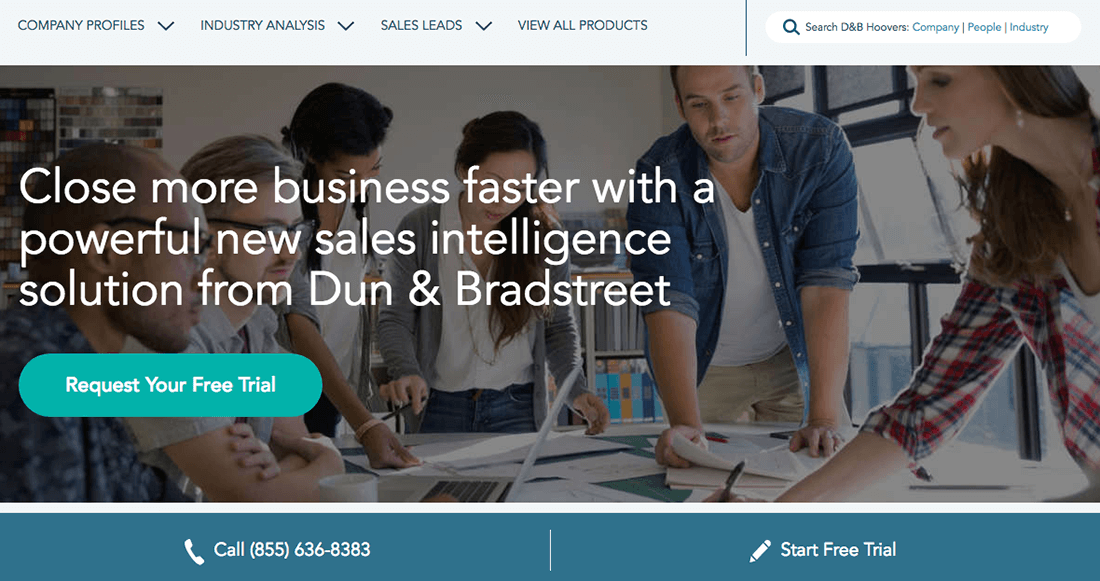
Among the best known, Discover.org, offers data to sales, marketing, legal and other organizations, based on their ‘proprietary combination of technology, tools, and integrations and then human-verified by our research team before publishing.’
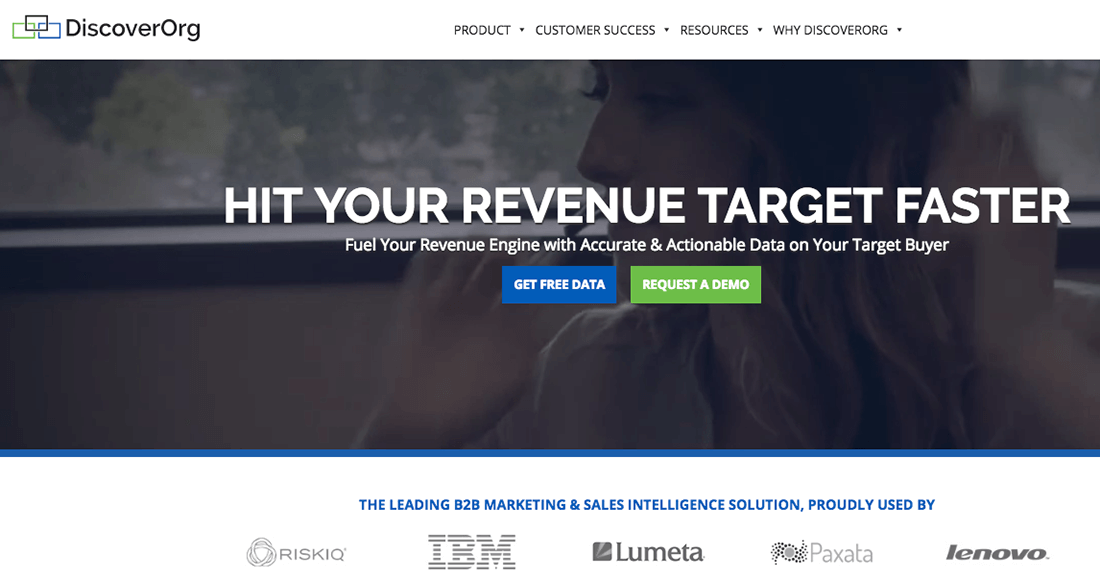
And then there’s us:
We’ve tried to make the process as simple and clear as possible, so you can bring your ICP over to us, feed it in and get an account list, complete with appropriate contacts.
Businesses have to watch their competitors - you can probably name your top handful of rivals without even stopping to think. Obviously, if you can pick up their customers, that’s great for you. But your customers have competitors too. A simple way to get a bigger list is to do competitor analysis on your biggest, best customers, and add their competitors to your list. You can start with marketing signal. Head over to Spyfu and see who’s spending money on the same keywords as your best customers:
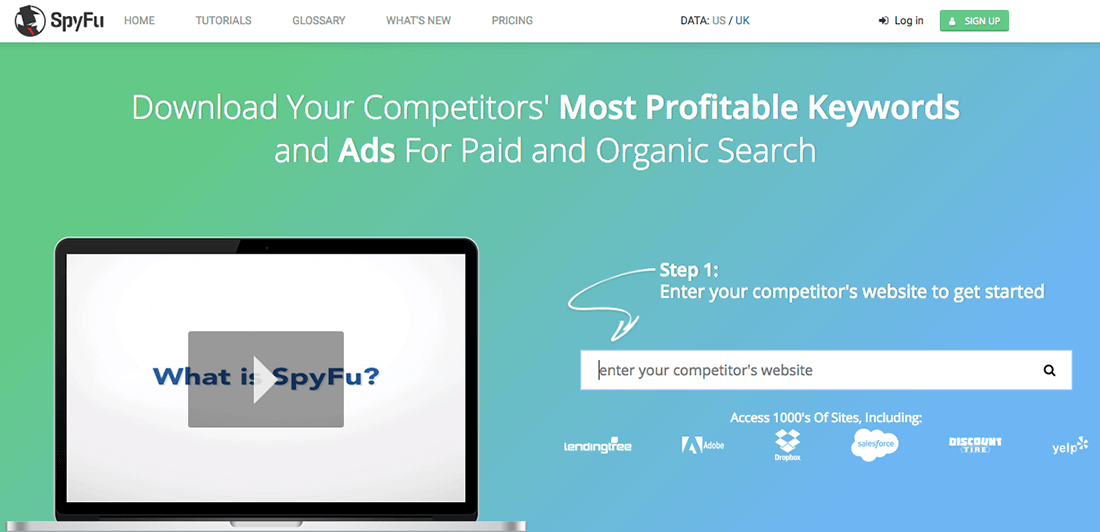
Other tools do more of the work for you: Zirra bills itself as ‘a pioneer in data-driven insights and artificial intelligence, which provides in-depth company analysis.’
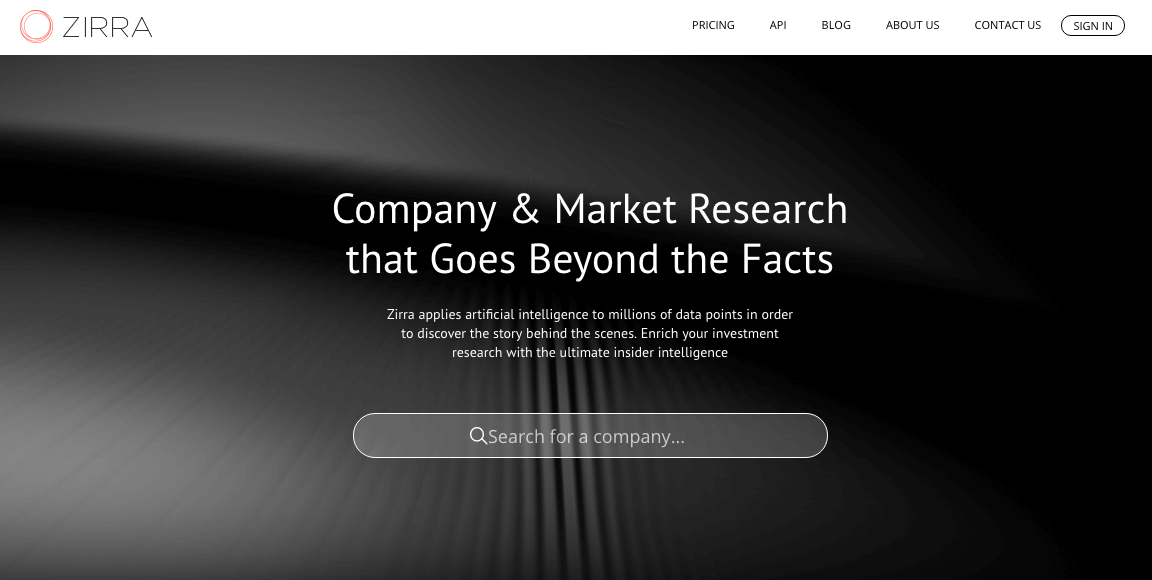
In-depth business insights might be the company’s strong suit; but it can also deliver the more superficial insights that let you identify the accounts that compete with your customers. Spyfu only lets you see who’s chasing the same keywords; Zirra shows you enough data on your customers’ competitors to let you see which accounts make sense and which aren’t a match, even if they look like they might be at first glance. There is a catch, though: Zirra is quite expensive. For some companies this makes sense - especially if you already have access to it, or to a tool with similar functionality. For others, the cost (5 limited reports free, $149/mo for 3 in-depth reports) is prohibitive. For a lot more detail, CrunchBase harnesses the power of crowdsourcing to deliver a huge, searchable, free database that includes basic information like team members, key offering, funding, and investors.
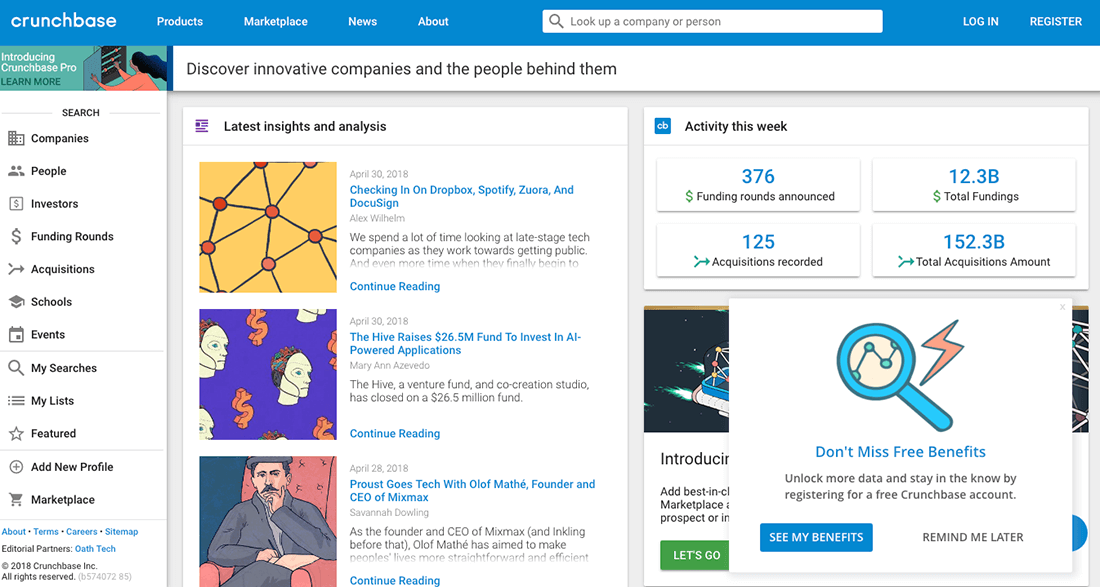
CrunchBase is regarded as being the best of the free, user-sourced databases because its staff periodically double-check the veracity of the entries.
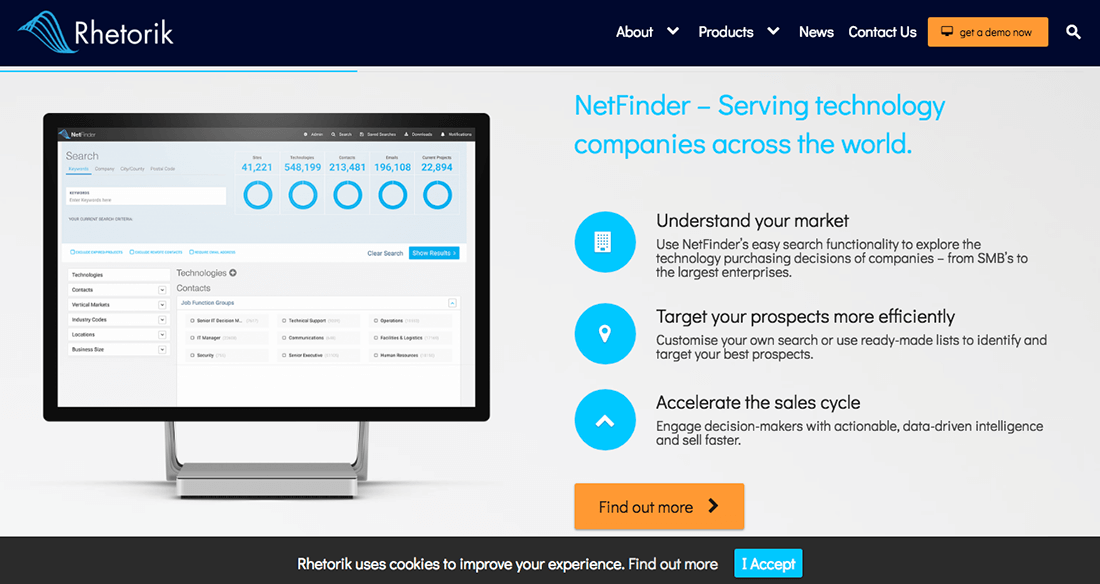
Finally, specialized tools like Rhetorik offer market intelligence specifically designed to do what you’re doing - matching your ICP to viable target accounts. (So do we; did I mention that?)
You’re doing exactly what you’d do if you were spying on your own competitors; the only difference is, you’re using the information, not to get one over on the competition, but simply to identify the big fish that match your ICP.
Both your website, and more specifically your blog, can offer you opportunities to get a shot at your target customers.
Visitors to both your site’s core pages, and your blog, don’t need to be anonymous.
One method of picking them up and turning them into leads is to use a tool like Albacross, which clues you in to which companies are visiting your website and delivers you data on them, including tracking their actions on your site.
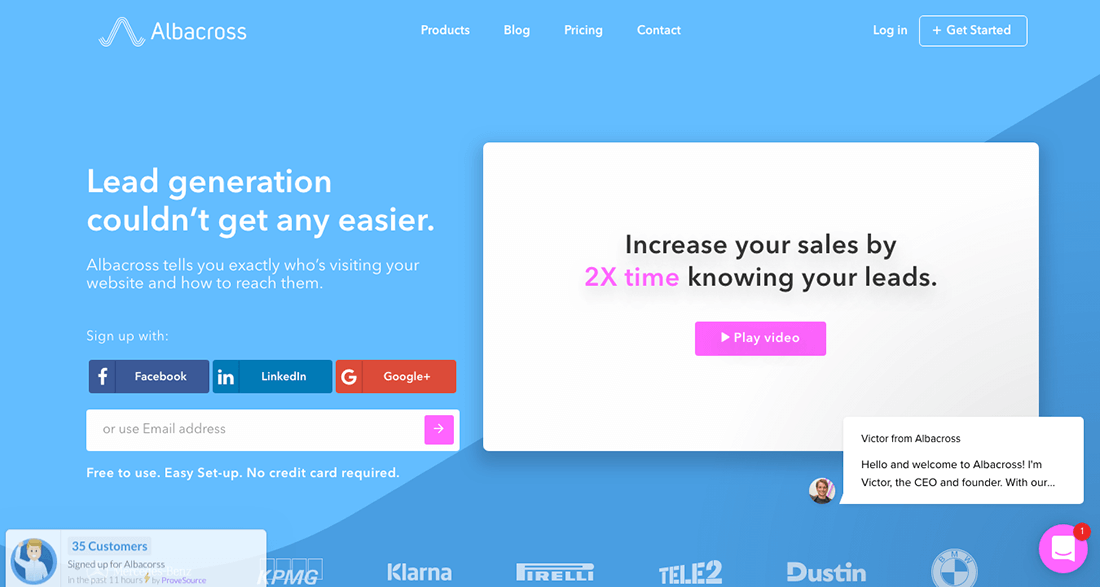
If you have a system for lead scoring based on on-site behaviors, that’s gold dust; if not, you can add them to your account list.
Additionally, automated live chat on your site can let you harvest details of visitors. We know that response times for web-generated leads are so critical that basically nothing but live chat will get the job done:
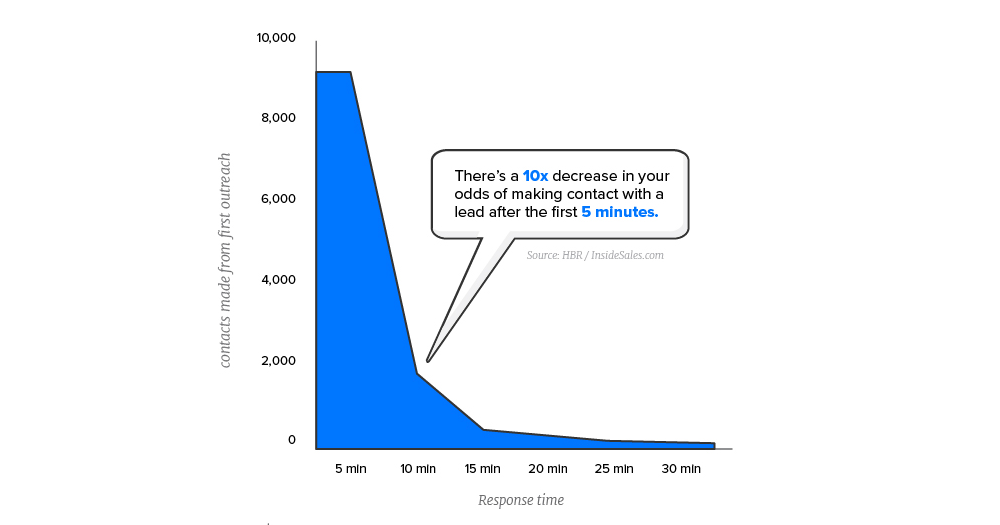
But live chat can also be an effective way to grab passing leads’ contact details, including emails, then compare the domains to your list and/or ICP and allocate them for outbound targeting. Even if you miss the window of opportunity for inbound you can harvest potential contacts for outbound this way, and even potential accounts.
If you have the opportunity to spend the effort, content will reward attention even more richly. Visitors to blog posts can be matched by the blog post’s subject matter, giving you information on how to approach them - you’ll know which of your offerings they’re interested in, or what use they plan to put it to, so you already have some info to help you tailor your messaging.
Your target audience gives proper direction in figuring out who and why somebody would be interested in what you have to offer. It is also the first of many steps in creating a great marketing campaign. Over the years Every Market Media realized that the target audience is overlooked in the aspect of online marketing. One of the big mistakes a business manager can make is to believe that the larger the potential of the market, the greater the chance to sell a product. Many marketers worry that their business might lose money if they focus on one specific group.Truthfully, that is incorrect. It can have a negative impact on your business plan because the larger the market, the competition gets tougher and it is likely that your business is going to drain more of its resources.
There are specific groups of people that are more likely to buy your product than others. It is important to identify that regardless if you’re doing retail or Business to Business (B2B), so you can focus on those that will generate profit.
Once you’re able to answer all the following questions, you should have better idea on how or who to reach out to. If you do not know who your target audience is, studying the competition is just as important. Every Market Media not only helps you narrow down their various selects to pinpoint your target audience, but once your campaign is live they continue to work with you to refine your target even further. Testing is an essential part of the marketing process and EMM helps you every step of the way.
Selling to an accurate, targeted list based on a well-defined ICP lets you maximize the effects of your efforts, generate more leads and close more sales. The key to achieving that starts with the ICP itself. Being careful to select the most meaningful data points, and analyzing your own data for the most successful customers you have, pays off at every subsequent stage; a minute spent here is hours of time saved down the line.
When you have an idea of the type of customer you’d like to be selling to, there are several tools that can help you line up a suitable list from scratch and several sources of additional suitable leads, including your own website. Again, though - the more accurate the ICP, the more value you’ll find in all these.

In every market, there are ideal customers. Unfortunately, they’re all different. It’s how you market to differing clientele that sets you apart.
This week on The...

Bad news, sales teams: it’s not practical to reach out to 100,000 prospects in the same industry. Not even if you’re making as many cold calls a day as humanly possible.